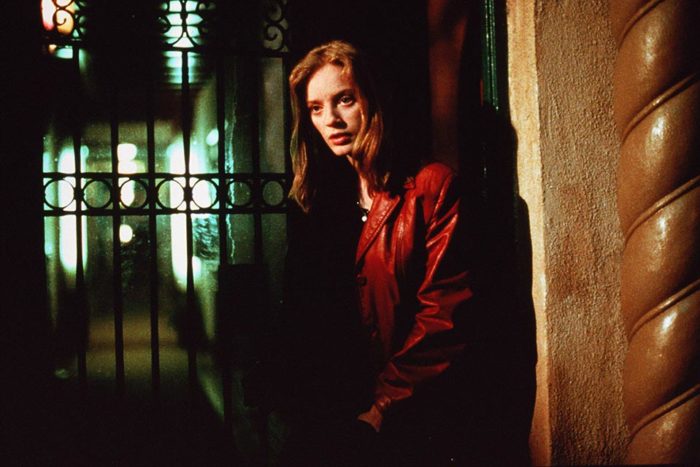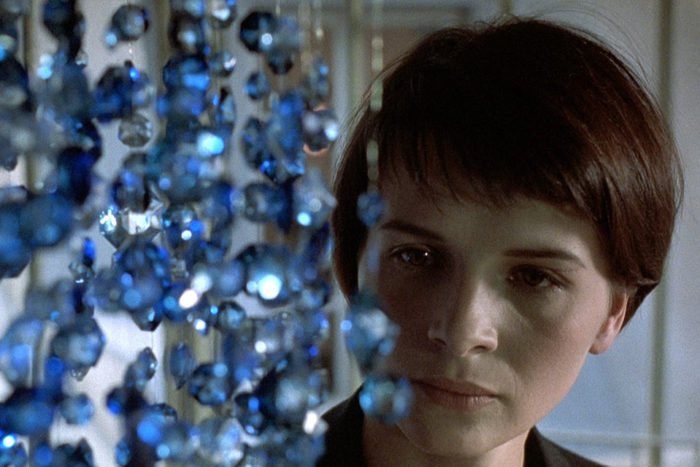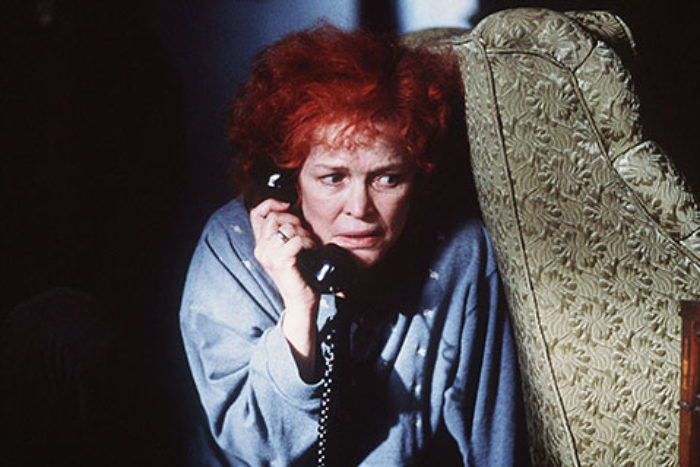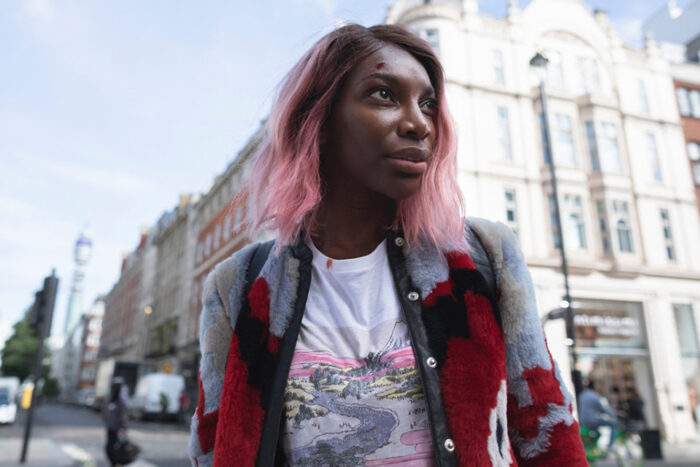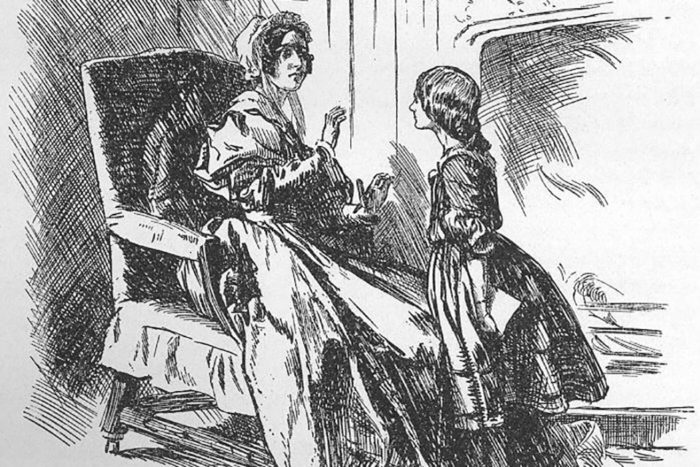Cutting Edge
This article appeared in the May 20 edition of The Film Comment Letter, our free weekly newsletter featuring original film criticism and writing. Sign up for the Letter here.
If Barry Jenkins’s cinema often feels like a symphony, then editor Joi McMillon is one of its expert conductors. In The Underground Railroad, McMillon—who earned acclaim for her work alongside Nat Sanders on Jenkins’s Moonlight and If Beale Street Could Talk—pulls off an ambitious feat, deftly calibrating the story’s historical and emotional breadth in the five episodes (or “mini-movies,” as she described them) that bear her credit.
McMillon spoke to Film Comment‘s Devika Girish about some of the movies—and one book—that have influenced her distinctive approach to her craft.
“One of my favorite editors is Stephen Mirrione, who I think is super, super talented. Go (1999) was one of my inspirations for getting into editing. A huge ensemble piece like that is not easy to do. It had great performances, and a story that played with time. He handled that really well.
One of the films that I saw in film school—we [Barry Jenkins, cinematographer James Laxton, editor Nat Sanders] all went to Florida State University—that really sticks out to me is Three Colors: Blue (1993). Its tone is impeccable—it’s so devastating and so tragic, but you feel the corners of your lip turn up, and you’re like: is that eliciting a laugh? It shouldn’t. Also, it uses every part of filmmaking. The sound design, the cinematography, the editing, the score; everything is so intentional in that film.
Some of the best editing that I’ve seen is in Darren Aronofsky’s Requiem for a Dream (2000). I remember encountering it in film school. The editing stood out to me because of its manipulation of you as an audience member. It makes you feel like you’re on drugs, too. When the mom’s on diet pills, you’re like, am I on this caffeine trip as well? It had style, but it also had substance. People think that editing an action movie is hard, but oftentimes, bigger-budget action movies have 12 cameras running at the same time, and it’s easy to make a seamless cut when you have 12 options. Moonlight was a single camera film, so cutting a conversation and making it feel effortless and seamless was trickier.
Oh my gosh, I May Destroy You (2020). The editing of episode 6, when they go back to high school, was impeccable across the board. That’s another example where it’s not easy to make people laugh and cry at the same time. I think Michaela Coel is truly a genius. So many great conversations came out of that series. To have a global impact on how people perceive a difficult subject [like sexual assault], and allow people to really unpack stuff they haven’t felt comfortable talking about before… I was really blown away.
I love Charlotte Brontë’s Jane Eyre. I was really drawn to a character who had so much depth and so much to say, but was very purposeful and mindful of how much information she gave away verbally. It’s interesting: a lot of the films that I’ve worked on have featured female protagonists who are layered, and given the space and freedom to be loving, but who also have their guard up and are protective of themselves first. I think as females, we’re often not taught to protect ourselves. We’re taught to give. The characters that I’ve had the privilege of helping bring to the screen are allowed to be a little selfish, vulnerable, and ultimately strong.”



